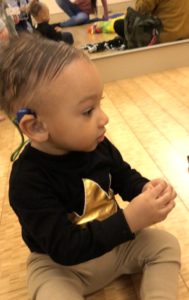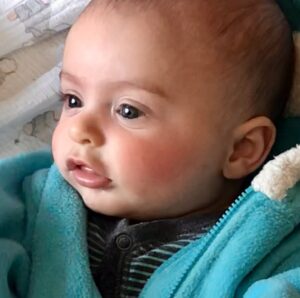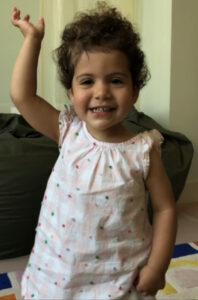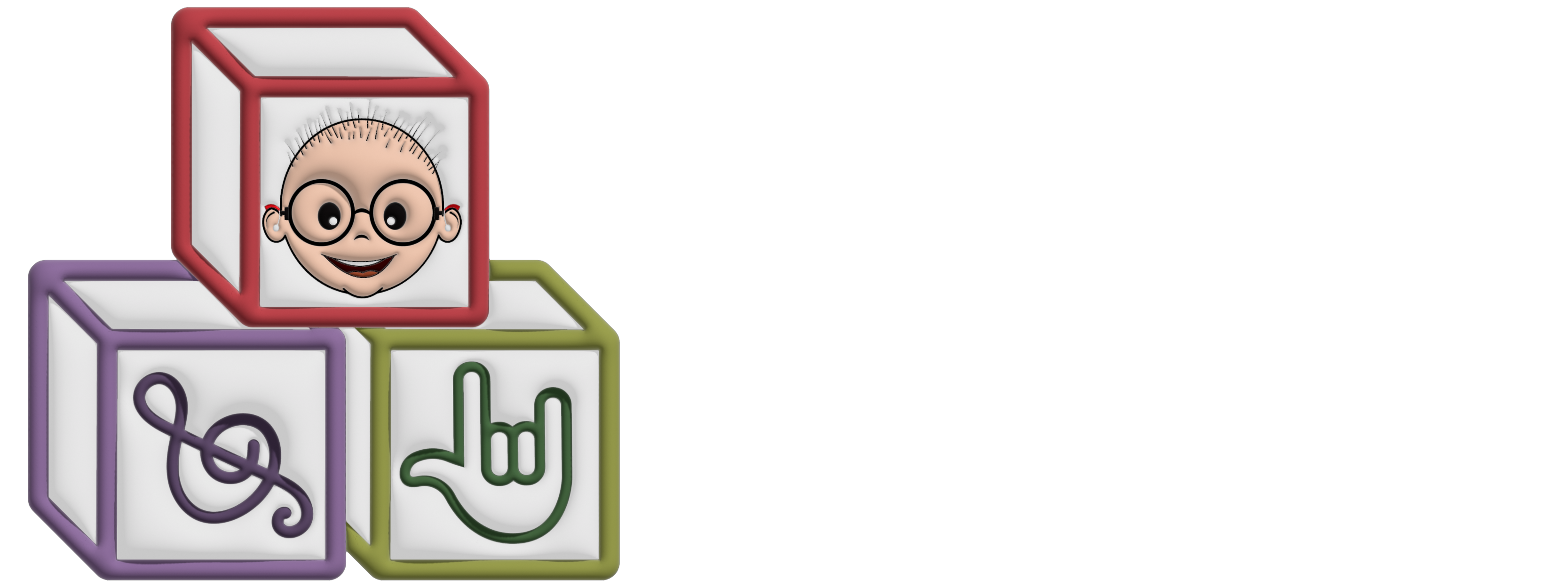


What should you expect from your little ones in class at each age and stage? More than you realize and not as much as you think! I know, that sounds confusing and contradictory. Let me explain…
Babies have a much greater understanding of the world around them than we give them credit for. When my older son was 5 months old he pushed his little cow toy toward me after I signed to him “where’s your cow?” Around a year old, he reached out toward my earrings and then signed “change” – I had indeed changed them just moments earlier. So what does that have to do with class? Well, your baby is soaking up new information every day. If language is accessible, your baby is learning that the words you say or the signs you use have meaning. Repetition is key and our classes provide that scaffolding through songs and practice. Your baby may also sleep through class, allowing you to learn something new and then share it later with your little one – you are his or her favorite person anyway. Short spurts of ‘screen time’ won’t hurt your little one – especially when we’re offering interactive learning – and the visual nature of sign language is exciting. So start young. Over time, you’ll notice the benefits, sometimes over much time. It’s a great way to bond. You can just enjoy the process.
Toddlers learn by doing. Routine is essential for them and they begin to understand the sequence of significant events. We offer an active class for this age group, with consistent routines and weekly surprises. They aren’t expected to sit still whether we’re in person or live online – but they’ll continue to check in while they take breaks to look around, move around, or play with their favorite toys. They’ll revel in the repetition of familiar songs and signs. When my kids were little, we often walked my husband to the subway and said goodbye. One day as we continued on a walk, we passed the next subway station and my son (about 15 months at the time) signed “Daddy – train – work.” What an amazing window into his thoughts and comprehension of the events of our day. So in class, when you follow along with the signs and songs and stories, the movement to music, your toddler will follow your lead. S/he’ll learn through play right alongside you, even if it doesn’t seem like s/he’s paying attention to class.
Kiddos in PreK will begin to sit and focus for longer periods of time. They’ll ask questions and repeat the answers (and possibly the questions again). They’ll get their favorite book as we read a book in class. They’ll look for their toy duck when we sing about the 5 Little Ducks. They’ll march along with the ants or the dinosaurs, demonstrate their ability to keep a steady beat, and they’ll also appear to lose interest now and then. That’s okay – it’s all soaking in. Routine and familiarity continue to be important, and their sense of self is strengthening. At 3 years old, my younger son asked if he could change his Sign Name, because it was based on the sign for ‘baby’ and he said “Mama, I’m not a baby anymore.” In person, they’ll want to play with their friends during class and we foster that interaction; live online they may be distracted or surprised by the other faces in the boxes, both new and familiar. Again, we’ll foster the opportunity to engage, take turns, share ideas. It could also be a time for grandparents, cousins, and friends from near and far to take class together, allowing for those relationships to strengthen. You may find them singing a song from class for the rest of the day, or at bedtime showing you a sign we used in class that day.
We love this process. At every age and stage. We can’t wait to have you and your little ones in class with us this winter and all year long!
